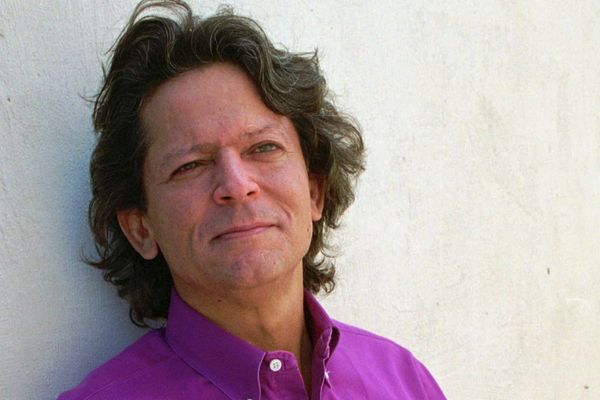
NSW Labor’s first budget in government for over a decade claims to “confront the housing crisis”. It does so without any noteworthy increase in funding for social housing, leaving the state to perpetuate its long-running failure to invest in it.
In fact, it may be repeating what the last Labor government in NSW did when a federal Labor government poured money into social housing: let the feds do all the work.
The Minns government’s budget mentions housing a lot, with nearly 20 announcements about new spending. But it pays to look carefully at the dot points — more carefully than the public servant who allowed the “Faster Planning Program” to contain an announcement of “NSW Budget 2023-24 budget.nsw.gov.au”.
That planning program is nearly $40 million to accelerate the much-criticised approvals process for development in the state, including “$5.6 million on artificial intelligence to make planning systems more efficient” and improve building standards.
There’s also a $220 million essential housing package for a variety of spending — debt financing, housing services for First Peoples, social housing maintenance, mental health housing, and homelessness services. And the government will establish “Homes NSW, to deliver better outcomes for public and social housing tenants, deliver more affordable and social housing and reduce the number of homeless people in NSW”.
Labor is also going ahead with a “housing and productivity contribution” levy on developers to fund infrastructure required for new housing — transport, schools, health services, police services.
All of these are valuable investments, and they put substance to Premier Chris Minns’ push for higher-density housing sooner. Well done. But where’s the social and affordable housing funding? There’s $300 million in Landcom dividends that will be reinvested so it can build exactly “1,409 affordable homes”. The time period? The next 16 years. Or fewer than 100 a year.
And how much for social housing? Step forward the feds: NSW is “permanently expanding the number of social housing dwellings by around 1,500 through the $610.1 million Commonwealth social housing accelerator program”. In the housing announcement itself, the feds again: “[The] Commonwealth’s $610 million social housing accelerator program will permanently increase social housing by around 1,500 dwellings.”
That funding is NSW’s portion of the $2 billion extra that Prime Minister Anthony Albanese announced earlier in the year in an effort to get his housing fund through the Senate. There’s been no concomitant increase in state funding, or seemingly any increase at all. If the feds are funding an extra 1,500 dwellings, what’s NSW doing?
The performance of the NSW government in recent years on social housing has been abominable. In the 12 months to June this year, an average of 46 publicly built dwellings were approved each month in trend terms. Approvals isn’t a great indicator — approvals don’t equal construction. The approval process can be lumpy, and it doesn’t tell us how much old social housing stock is being removed from the market — but it can give us a good indication of how active state governments are, especially if you use trend data. In the 12 months to June 2022, NSW did a little better at an average of 57 a month. In 2020-21, with the pandemic raging, it was 60 a month. In 2019-20, it was just 42.
Let’s compare Victoria: in 2019-20, the Andrews government built just 37 dwellings a month on average (that was slightly better than 35 a month in 2018-19). But as part of a substantial commitment to social housing by that government, the number leapt to 108 a month in 2020-21, then to more than 190 the following year. In 2022-23, it settled back to 93 a month.

The Andrews government has dramatically lifted its game on social housing (but remember these are just new dwelling approvals; many are replacing older stock, so the net addition is smaller), such that even a quieter 12 months last financial year was twice the level of NSW.
Back during the financial crisis, NSW and Victoria received substantial funding from the Rudd government for social housing, leading to a brief boom in social housing approvals (and construction). In both states, that was followed by an extended slump as both governments cut back on funding.
At one stage in NSW, the number of public dwelling approvals fell below 20 a month; in Victoria, they fell into single digits. It’s called cost-shifting, when states take advantage of Commonwealth spending in the same area to cut back their funding. Is NSW now doing the same thing to the Albanese government?







